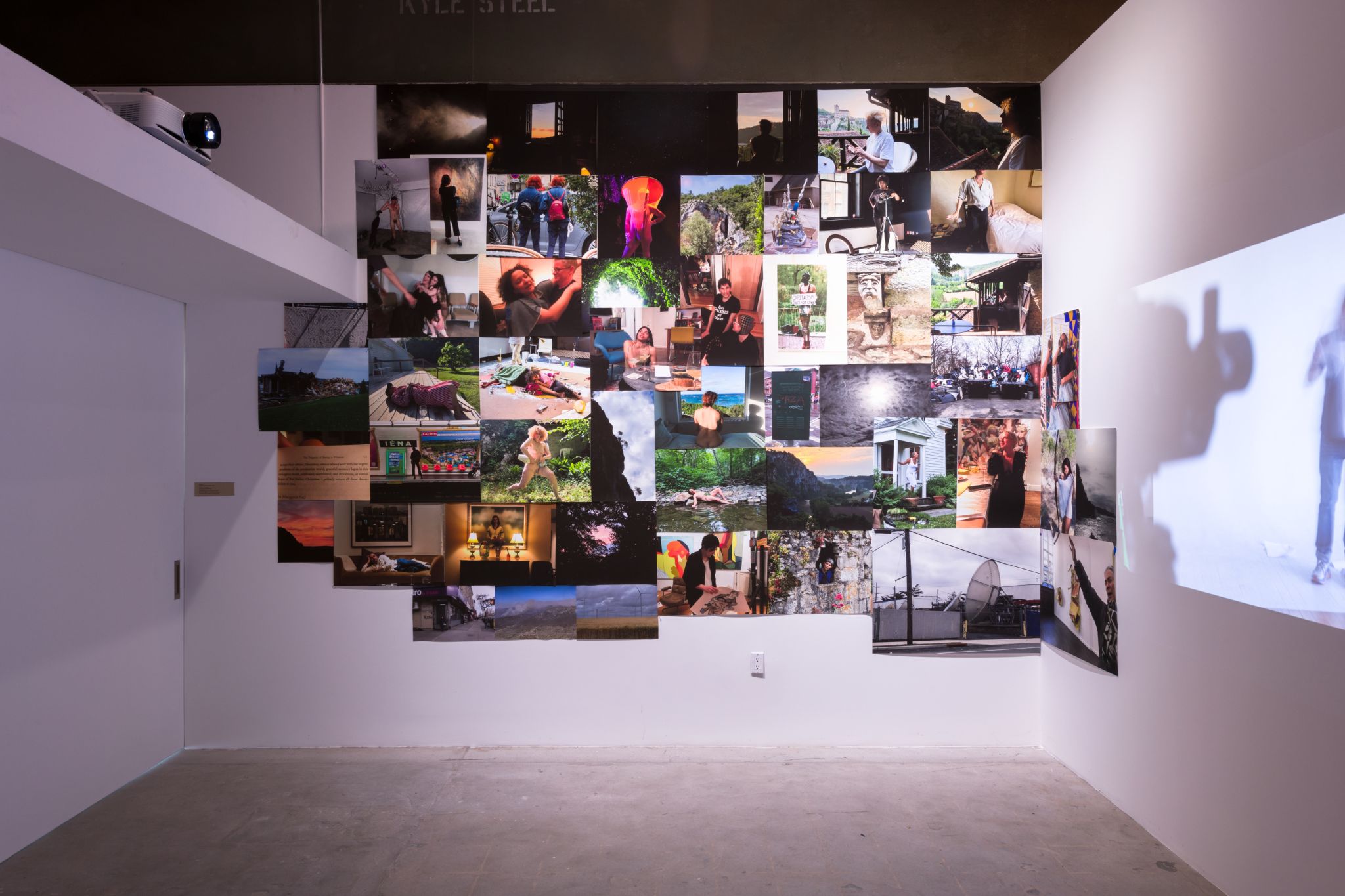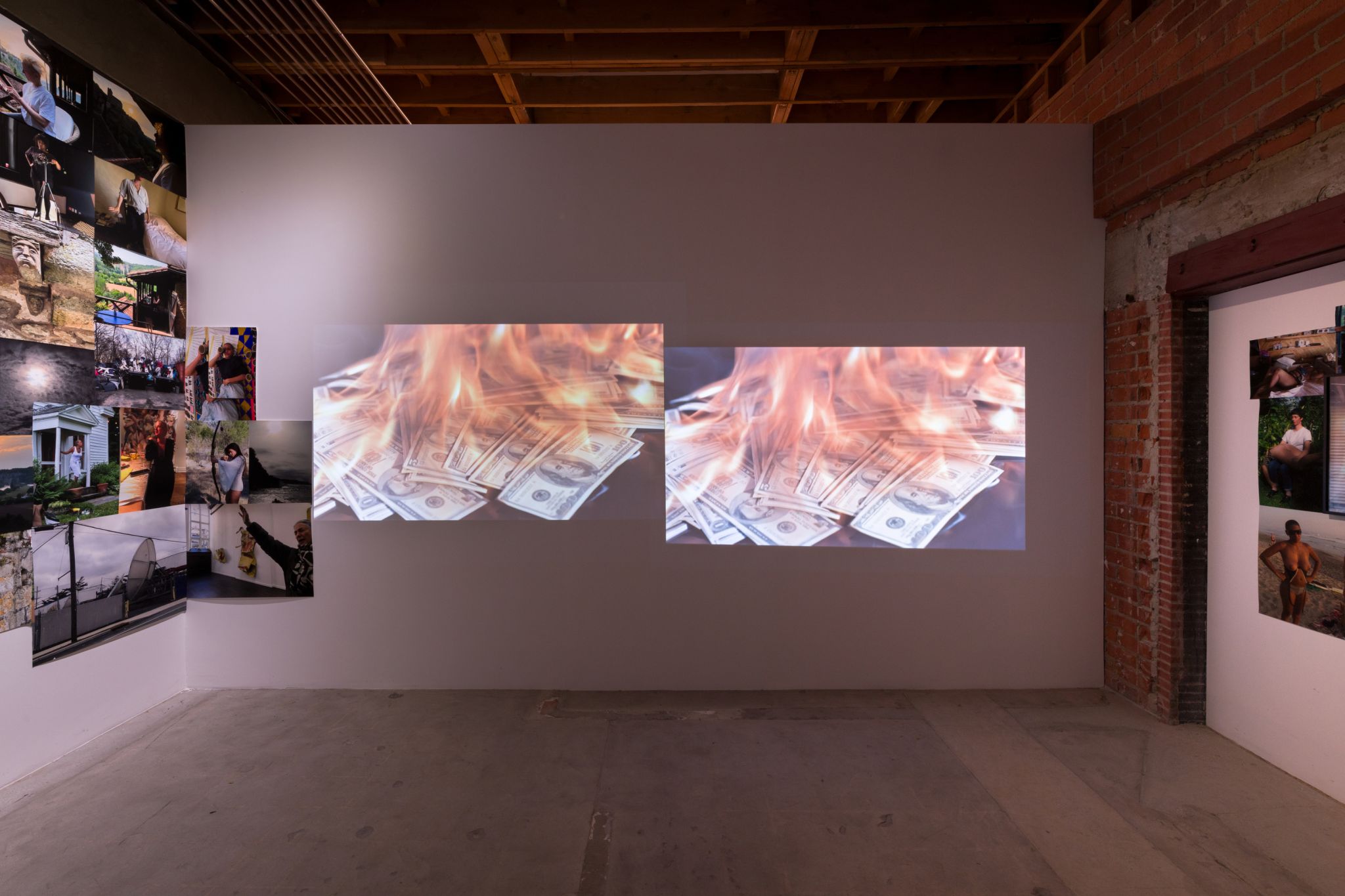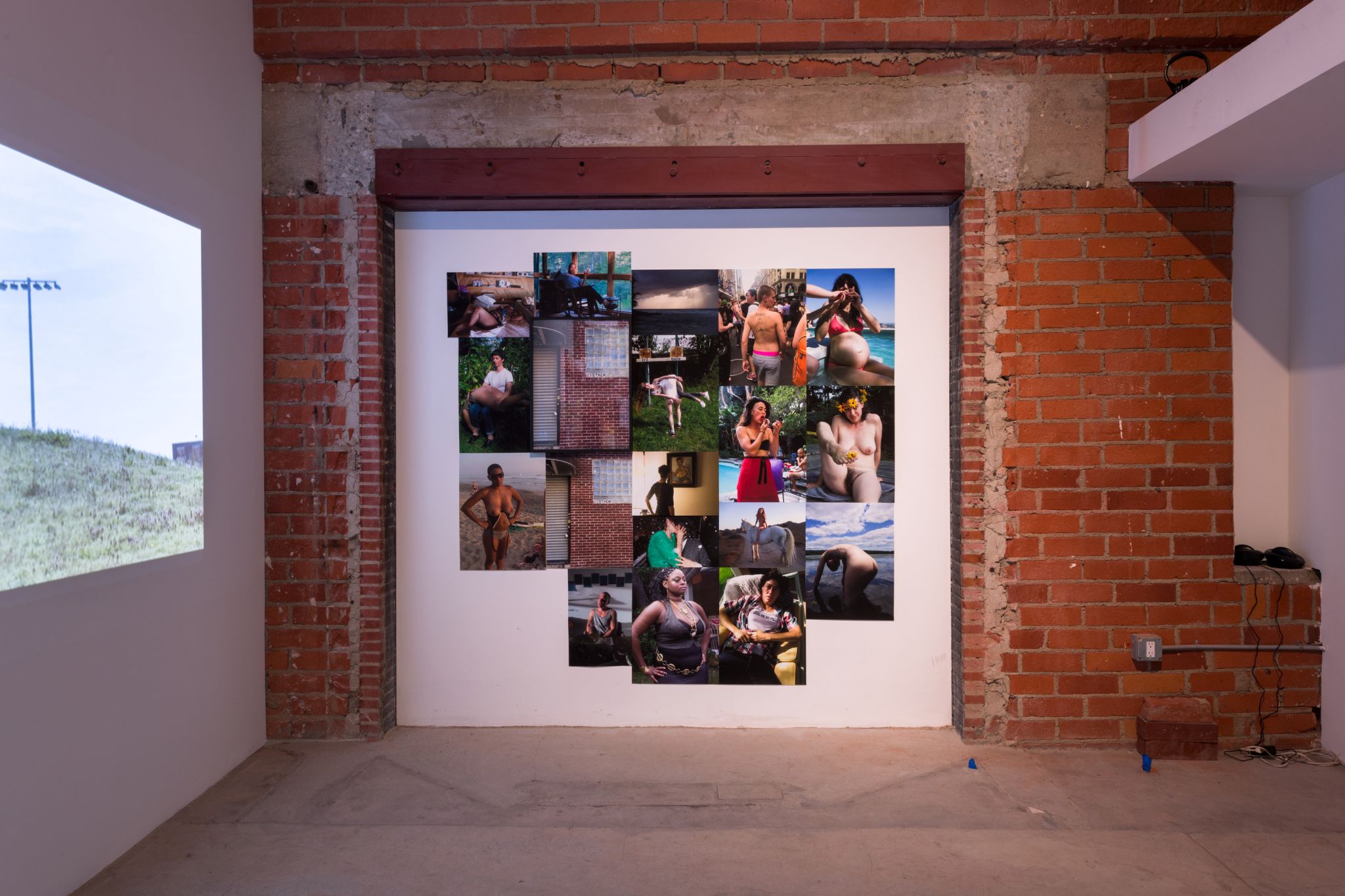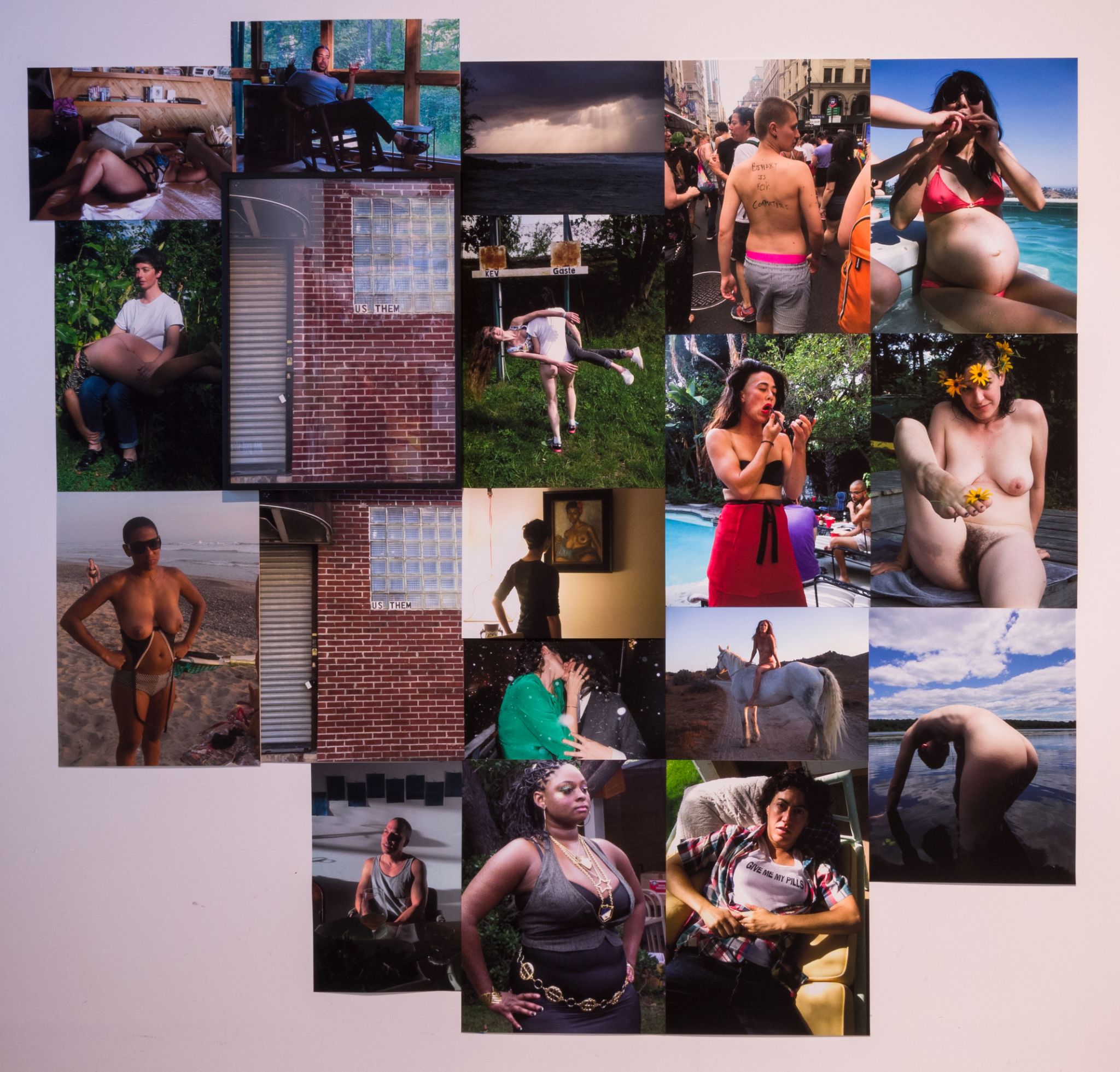Part of the Getty’s initiative PST ART: Art & Science Collide—an initiative of over 70 institutions across Southern California—this exhibition is inspired by four decades of ecofeminist thought and action in art. Ecofeminism is a theoretical and activist movement that locates critical connections between gender oppression and the exploitation of natural resources. In the U.S., it developed from the environmental, anti-nuclear, and feminist movements in the late 1970s and 1980s; in addition to their primary concerns around the subordination of nature and women, ecofeminists sought to resist racism, homophobia, and the capitalist patriarchy. As quickly as the movement was developed, artists began adopting an ecofeminist position, producing ambitious, often site-specific work that addressed the systemic subjection of women and the environment.
read more
Originally conceived of in 2018 and tied to a research fellowship from The Andy Warhol Foundation for the Visual Arts, Life on Earth uses ecofeminism as a both a lens and departure point, bringing together eighteen international artists and collectives who present new methodologies for thinking-with our natural environment in the twenty-first century. These artists challenge anthropocentric notions around both gender and ecology to call for new positions that embrace communality, intersectionality, mythmaking, joy, and reparative action. Works in the exhibition address themes including social ecologies, the commons, indigenous cosmologies, deep time, witchcraft, hydrofeminism, plant knowledge, science fiction, and speculative futures, among other threads.
Participating artists include Alliance of the Southern Triangle (A.S.T.), Alicia Barney Caldas, Meech Boakye, Carolina Caycedo, Francesca Gabbiani, Masumi Hayashi, Institute of Queer Ecology, Kite, Leslie Labowitz Starus, Maria Maea, Otobong Nkanga, yétúndé olagbaju, Alicia Piller, Aviva Rahmani, Tabita Rezaire, Yo-E Ryou, Emilija Škarnulytė, and A.L. Steiner.
Text & Images: The Brick, Los Angeles



